Archaeological Ruins of Liangzhu City included in UNESCO World Heritage list
By chinadaily.com.cn | Updated: 2019-07-06 14:46
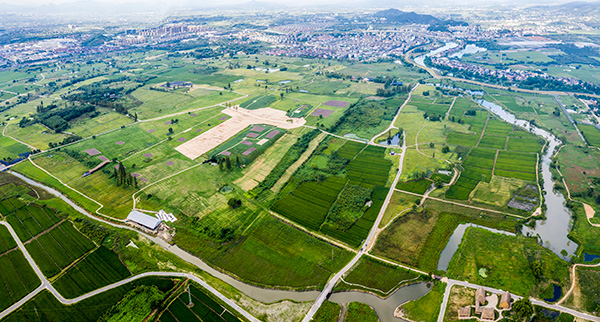
A bird view of the Archaeological Ruins of Liangzhu City.[Photo by Jiang Yangbo/For China Daily]
The Archaeological Ruins of Liangzhu City in Hangzhou, Zhejiang province, which date back 5,300 years, were inscribed onto the UNESCO World Heritage list on Saturday during the 43rd session of the World Heritage Committee in Baku, Azerbaijan.
The ruins, whose core area covers 14.3 square kilometers in the northwest of Hangzhou, is considered an important representation of early urban civilization, with rice-cultivating agriculture as the economic foundation.
The heritage site includes city ruins with palace and altar remains, 11 early-stage dams, and high-level cemetery sites. The Neolithic civilization was thought to last about 1,000 years until 4,300 years ago, according to archaeologists' research.
The site is also known for its abundance of ceremonial jade, which shows a complicated ritual system and indicates a realm with a combined authority of deity and kingship.

The Chinese delegation celebrates the inscription of the Archaeological ruins of Liangzhu City onto the UNESCO World Heritage list.
For example, cong — the jade piece that forms a quadrangle tube with a circular inner section — is the most typical type of artifact being unearthed in Liangzhu. In 1986, the biggest known item of this kind which weighs 6.5 kilograms and is often dubbed the "King of Cong", was found in Fanshan Cemetery in the city ruins.
Walls of the ruins were found in 2007, and its surrounding water conservancy system was discovered in 2015. They combined to unveil a massive infrastructure base, construction of which archaeologists estimate took 4,000 people working for a decade to accomplish.
China now has 55 entries to the World Heritage list, the most in the world.
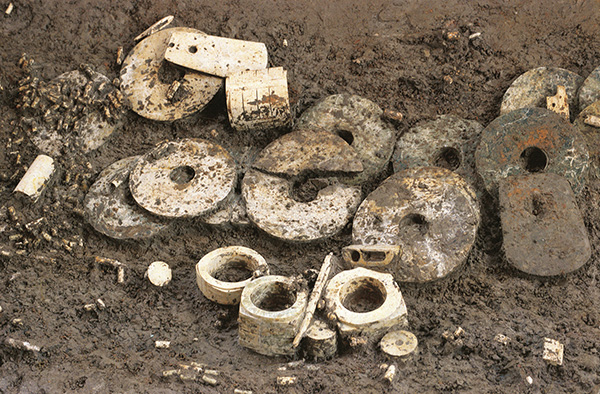
An excavation scene of Fanshan Cemetary.
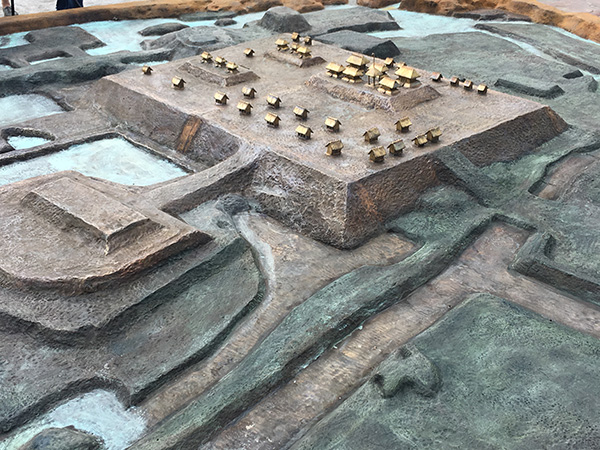
A model of Mojiaoshan Terrace, which is believed to be the palatial complex, is displayed in the archaeolgical ruins park of Liangzhu city.
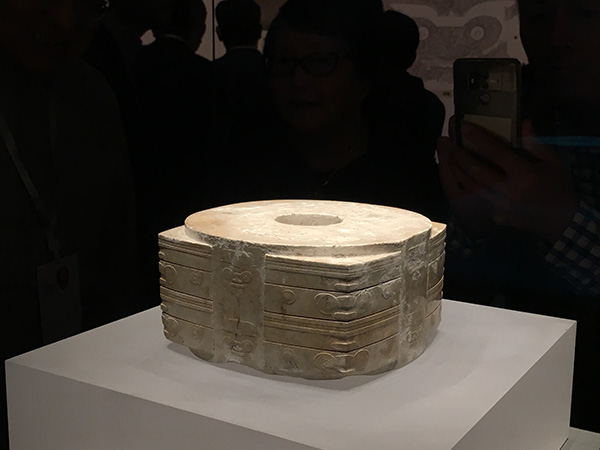
King of Cong is the biggest cong artifact from Liangzhu period ever found.
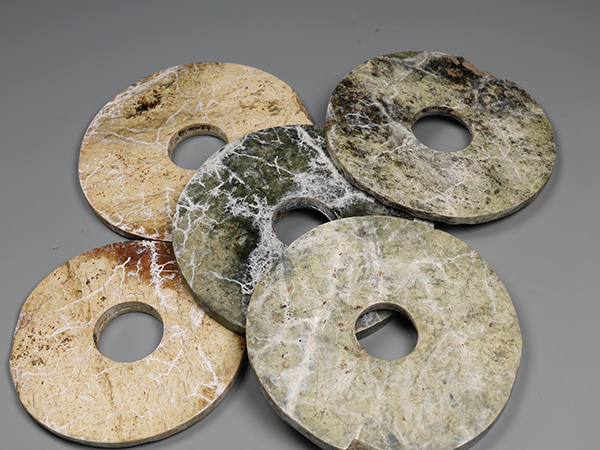
Bi is a typical jade artifact of Liangzhu, which is commonly found in high-level women's tombs.
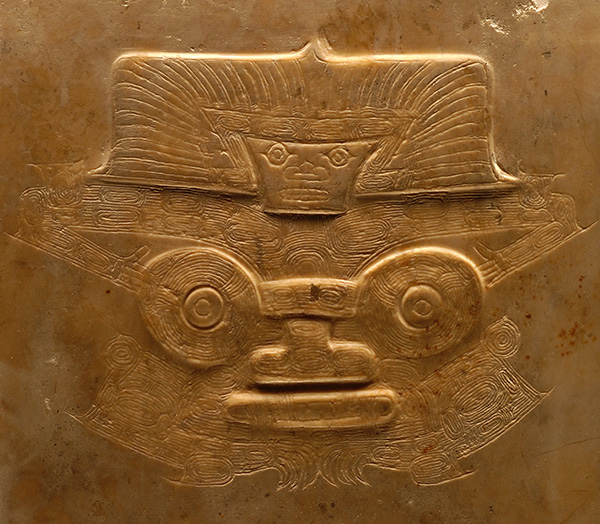
The sacred motif on King of Cong, also a typical signal of jade artifacts in Liangzhu Culture.
 info@absolutepanda.com
info@absolutepanda.com






